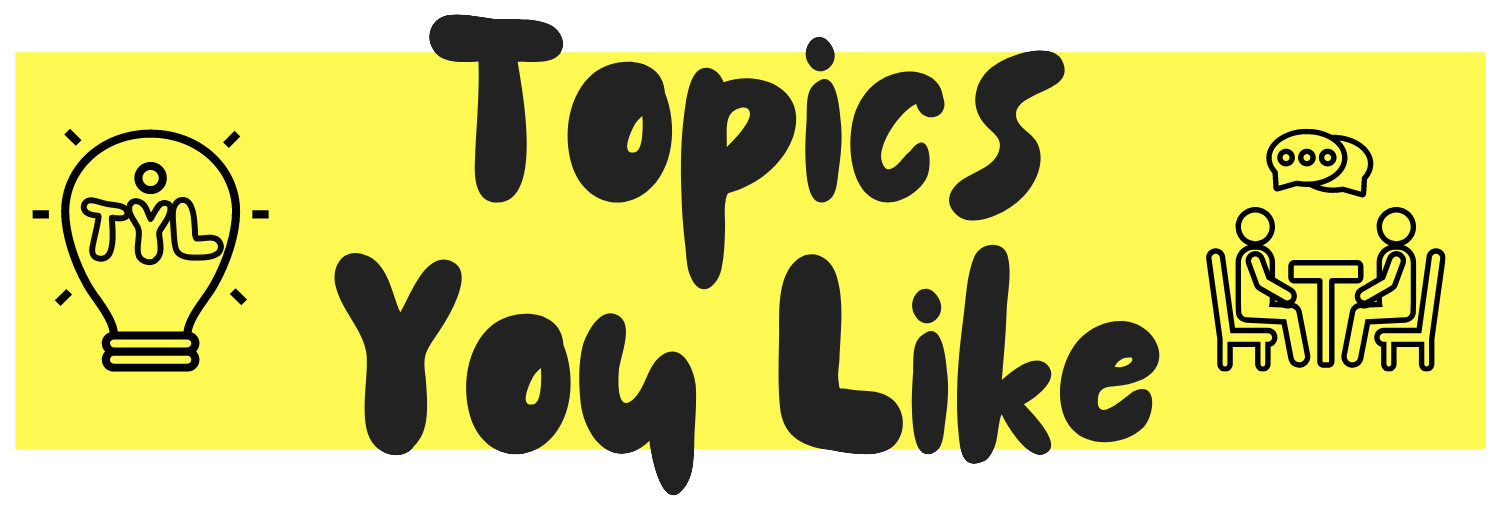12 Fascinating Facts About the Human Body
The human body is the ultimate machine. It has it all – self-healing, survival mode, 60,000 miles of blood vessels or 100,000 kilometres and trillions of cells working incessantly to keep it all together. And we’re still discovering all the fascinating facts about the human body. It’s insane, right? Let’s find out 12 fascinating facts about the human body.

These 12 Fascinating Facts About the Human Body will Blow your Mind
The human body is hands-down the best work of art out there, and more often than not, we take it for granted. So pause what you’re doing right now and learn why you should respect and love your body more.
Here are 12 fascinating facts about the human body and how they help us every day.
1. You Can’t Breathe While Swallowing
Admit it; you’ve tried to do this just now. But quit trying. This is a fact. We can’t breathe and swallow simultaneously, and the answer why is mind-blowing, but it also proves how smart our body is in itself.
The air we breathe and the food and fluids we swallow both travel down the same path inside our throats. At some point, they reach a crossroads of sorts where the throat splits into esophagus – leading to the stomach – and the trachea, aka windpipe, which leads to the lungs. Now, if we were able to breathe and swallow at the same time, then air could go down the esophagus and into the stomach, leading to bloating, belching, flatulence and other unpleasant things, while food could easily escape down the windpipe, leading to aspiration in the lungs and severe coughing and choking, and other lung-related complications from the bacteria in the food. Sometimes, when you eat too fast, you might experience choking or bloating for these exact same reasons. Food and air mix up and travel down the wrong paths.
So what prevents these things from happening is a little leaf-shaped flap placed just above the larynx called the epiglottis. It covers the trachea when we swallow so that the food and liquids can easily travel down the stomach.
Now, if you think about it, it’s pretty clever engineering. However, how do babies breathe and swallow simultaneously when nursing? Well, they can do this because their larynx, aka the voice box, is not yet developed. This is why they can’t speak at such a young age. Later, as they grow, the larynx begins to drop further down, and they can start to babble and finally talk. This is also when they begin to run the risk of choking.
2. About 7-8% of our body weight is blood
A woman 5 feet 5 inches tall and weighing about 165 pounds will have about 4-5 liters of blood. But during pregnancy, that number could go up by 50%. That’s fascinating.
As for men, a 6 feet tall man weighing about 200 pounds will have between 5-6 liters of blood.
We can donate about 10% of that blood without damaging our well-being, although donation centers advise donors to rest for 15-20 minutes after donating blood and even eat some refreshments. When we lose 15% of our blood volume, our body runs the risk of shock and needs immediate medical attention.
But how do we produce this life-maintaining fluid that flows through our veins and arteries? To answer that, let’s look at what blood actually is.
Blood is composed of plasma (the liquid part of the blood), red blood cells and white blood cells. The blood cells are suspended in plasma. The white ones help us fight infections and maintain our immune systems. The red blood cells carry oxygen and do the heavy lifting inside the body. 95% of our blood cells are made in the bone marrow, which is a spongy material at the center of our bones. Quite a complex system, isn’t it?
3. Blushing is a uniquely human phenomenon
Blushing is that charmingly rosy response our faces make when we’re feeling embarrassed, anxious, or swept up in other strong emotions. It’s like our body’s way of saying, “Oops, my bad!” It’s involuntary and controlled by the autonomic nervous system, which also manages things like heart rate, digestion, and the size of our pupils. When we blush, our body pumps adrenaline, making our blood vessels expand and giving our faces that adorable crimson hue.
Now, some animals, like monkeys, might get a little red in the face too, but it’s not quite the same thing as our sophisticated human blushing.
As for why we blush, theories suggest it’s all about social dynamics. Maybe it’s a nonverbal way to say, “Sorry, I messed up,” or perhaps it’s a sneaky tactic to get sympathy and support from others. Either way, blushing is a unique human quirk that keeps us socially in check.
4. We can fill a party balloon a day with our farts
Yep. No need to blush or get angry at us for bringing this up. Farting is a necessary process for maintaining gut health. Basically, when we fart, we release the gas from our intestines. This gas mainly consists of nitrogen, oxygen, carbon dioxide, hydrogen, and methane which are produced as byproducts of bacterial fermentation within the large intestine.
On average, an adult releases about 700ml of flatulent gas a day. We all do it, so no need to be sneaky about it. After all, even William Shakespeare mentioned farts in his plays. Not a big deal, see?
Oh, and did you know that the word “fart” is derived from the Old English word “feortan”, which meant “to break wind”? See, another thing you’ve learnt today.
5. As we age, our senses of taste and smell decrease exponentially
A young adult typically has around 9,000 taste buds that team up to help us explore and savor the flavors and aromas of the world. As we age, we might notice a slight change in our ability to distinguish between sweet, sour, salty, or bitter foods. But don’t worry, life after 70 still has a lot to offer! Sure, our sense of taste and smell may begin to fade, which can lead to a decreased appetite. However, aging also brings wisdom and experience. Embrace the journey, adapt to these changes, and focus on living a fulfilling life.
6. We are taller in the morning
Wait, whaaat? How can this be? Well, it’s all thanks to our spinal discs getting a bit of a break while we sleep. When we’re catching some Z’s, our spine is de-stressing, not bearing any weight, letting the discs between our vertebrae expand and rehydrate. So, when we roll out of bed, we’re at our tallest.
As we go about our day—standing, sitting, walking, and doing God knows what crazy things—the pressure on our spine causes those discs to compress a bit. By the evening, we’re usually about 0.5 to 0.75 inches (1.2 to 1.9 cm) shorter than we were in the morning. But don’t sweat it—after some more shut-eye, we’re back to our morning height in no time!
7. We rewrite our memories every time we recall them
Do you remember the broken telephone game we used to play when we were kids? Every time a message gets passed through another person, it changes. That’s pretty much what happens to our memories. Every time we relive them, we change them a bit, add a little extra sauce for storytelling purposes, or remove certain parts that might make us feel bad.
This memory remix is thanks to our brain’s reconsolidation process, which updates memories with new info like a software upgrade. This helps us adapt and learn, but it also opens the door for memory manipulation—talk about a plot twist!
Researchers have been studying this memory makeover, finding ways to alter or even erase memories in animals and humans. This could be huge for treating mental health issues, but it also raises some ethical red flags. But let’s not go down that road now, shall we?
So, the next time you’re reminiscing, remember that our memories aren’t as rock-solid as we might think. They’re constantly changing, making them both fascinating and a bit unreliable.
8. We breathe 75% through one nostril
Did you know that when you breathe through your nose, you’re actually using one nostril more than the other? That’s right—our bodies are designed to breathe 75% through one nostril and 25% through the other at any given time. This phenomenon, called the “nasal cycle,” alternates between nostrils every few hours.
The nasal cycle is controlled by our that part of our nervous system which governs involuntary bodily functions. It helps keep our nasal passages moist, filters the air we breathe, and ensures that we don’t overuse one nostril.
So the next time you take a deep breath, remember that your nostrils are working as a team, each playing its part in the fascinating process of respiration. It’s just another example of the incredible ways our bodies are designed to function efficiently and adapt to the world around us.
9. We still don’t know why we yawn
Yep, yawning is still quite a fuzzy area for scientists. There are a few theories out there to explain this curious behavior.
Some folks think yawning is like a breath of fresh air (literally) that boosts oxygen intake and removes excess carbon dioxide. It’s a nice idea, but research hasn’t quite backed it up.
Another theory is that yawning cools things down by increasing blood flow and swapping out warm blood for cooler blood from the rest of the body. Talk about a cool concept, right?
And then there’s the contagious yawn. Ever seen someone yawn and felt the irresistible urge to do the same? This social contagion might be linked to empathy and bonding.
10. We have between 2 and 4 million sweat glands
There are a few typos, grammatical errors, and stylistic improvements that can be made to the text. Here’s a revised version:
Well, apparently, sweating is pretty important for the body. So important that we’ve got a few million sweat glands. Why? Well, through sweating, we regulate our body temperature, get rid of toxins, and even fight off bacteria.
Yep, bacteria. You see, sweat itself doesn’t smell. What causes you to not smell like roses after a hard workout is the bacteria on your skin coming into contact with your sweat. Sweating is pretty important. You see, not all animals can sweat like humans do. For example, dogs cool down through their paws, and that’s not as efficient as our 2-4 million sweat glands.
11. Our bodies actually glow in the dark
You won’t believe this, but we’re all walking around with a subtle glow! That’s right, our bodies actually emit light, just like a very weak, personal aura. It’s so faint that it’s about 1,000 times less intense than what our naked eye can see, but it’s there! This light show comes from biochemical reactions involving free radicals and is different from the infrared radiation our body heat emits.
Researchers believe that the cameras able to spot this faint light could help diagnose medical conditions by analyzing our body’s glow. So, next time you’re feeling down, just remember, you have a special glow that can light up the dark.
Yep, these fascinating facts about the human body can really make your day, believe us!
12. The sound of cracking knuckles comes from gas bubbles
The process is actually called “cavitation” and it happens when gas bubbles within the synovial fluid surrounding the joints are compressed and then released. This synovial fluid lubricates our joints, like the oil in your car’s engine, reducing the friction and helping maintain the cartilage.
Oh, and for those of you wondering, cracking knuckles is generally harmless, but it’s essential to pay attention to any pain or discomfort that may arise and maintain a healthy lifestyle for optimal joint health.
